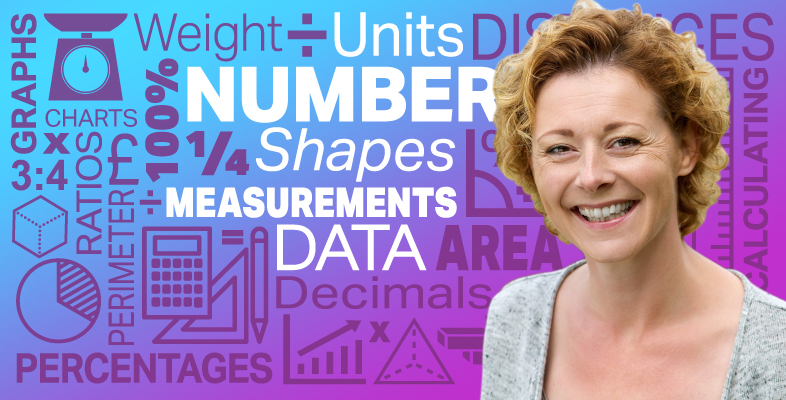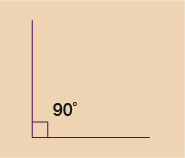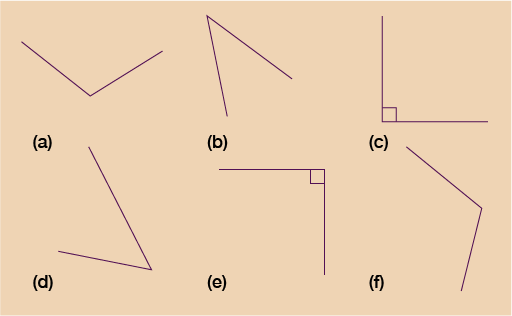1.2 Angles
An angle is formed where two straight lines (or sides) meet. Angles are measured in degrees, which is shown by using the symbol ° after the number of degrees. So for example, 45° means an angle of 45 degrees.
Box _unit4.1.1
Note: Do not confuse these with degrees Celsius, centigrade or Fahrenheit, which are used to measure temperature.
There are 360° in a circle. There are 180° in a half-turn – that is, from north to south on a compass, or from 9 to 3 on a clock.
An angle of 90° is a quarter-turn – from north to east on a compass, or from 12 to 3 on a clock. These angles are also known as right angles. Right angles are shown like this:
Right angles are very common in everyday life. Look around you and see how many you can spot.
Here are a few examples of where you might have noticed a right angle:
- the corners of your screen (a corner is where two lines meet)
- corners of windows
- the corners of a book page
- where the walls meet the floor
- where the table legs meet the top.
Angles of less than 90° are called acute angles. Angles of more than 90° are called obtuse angles.


